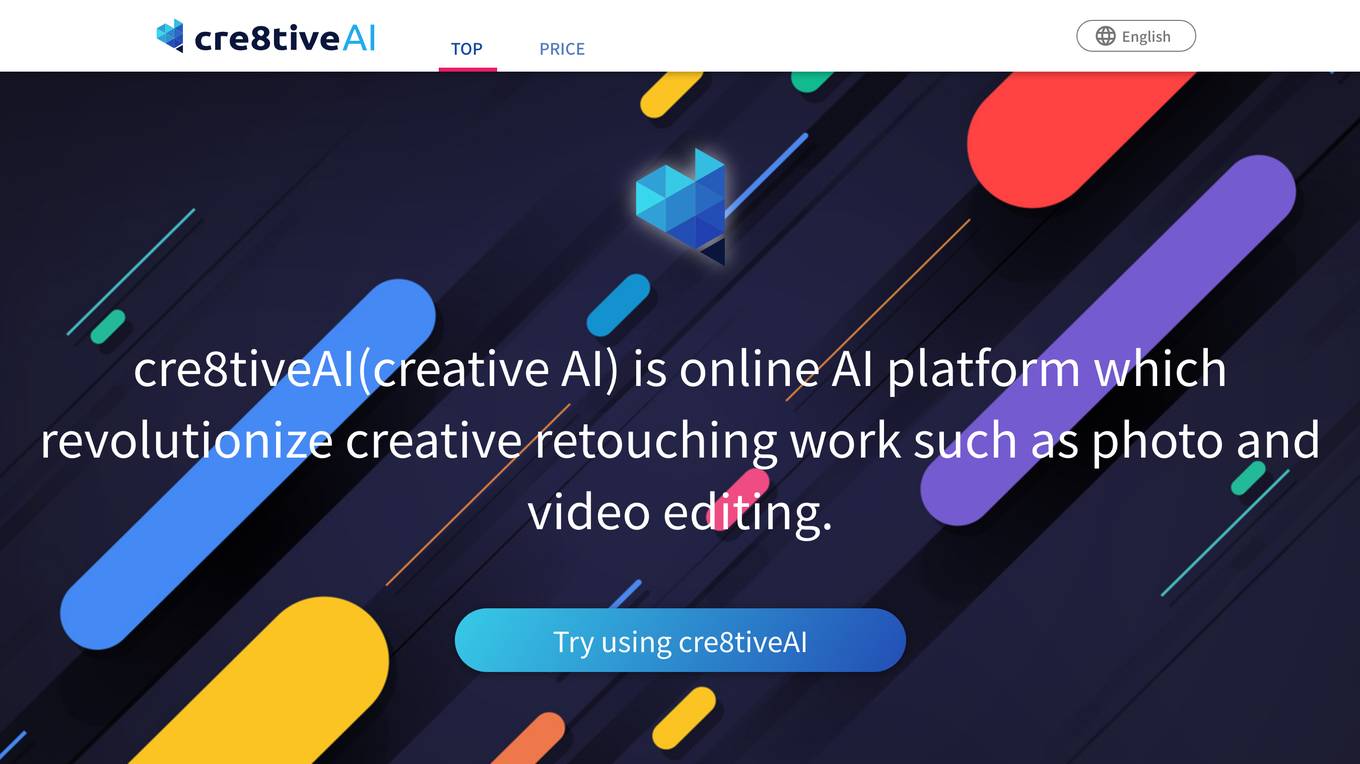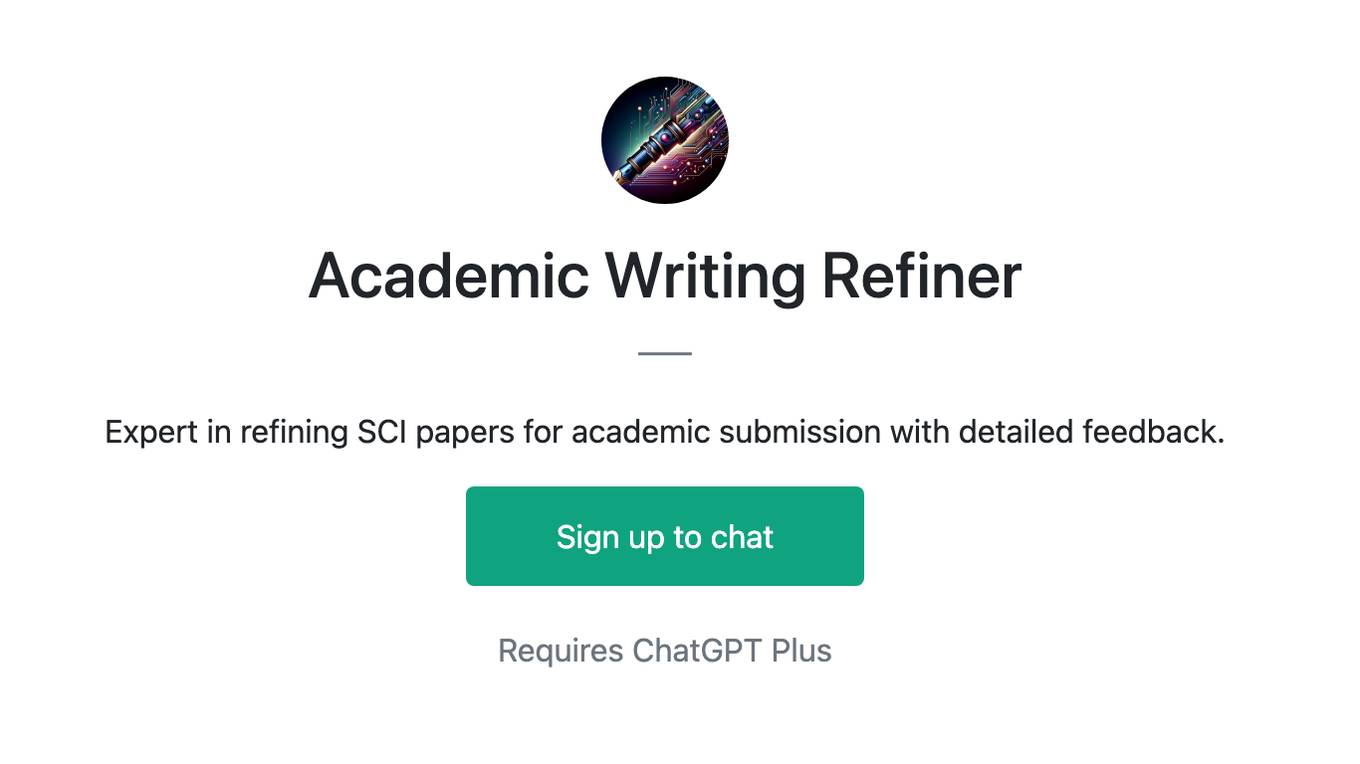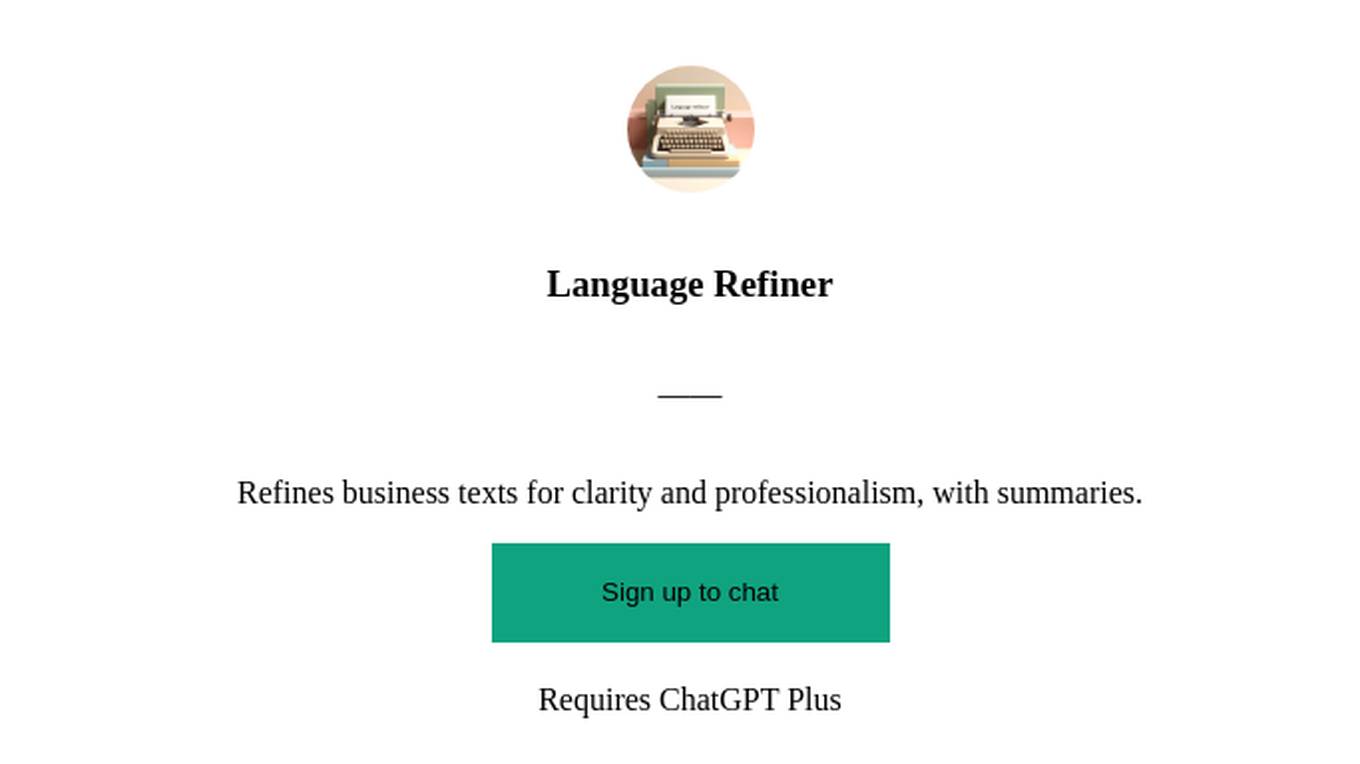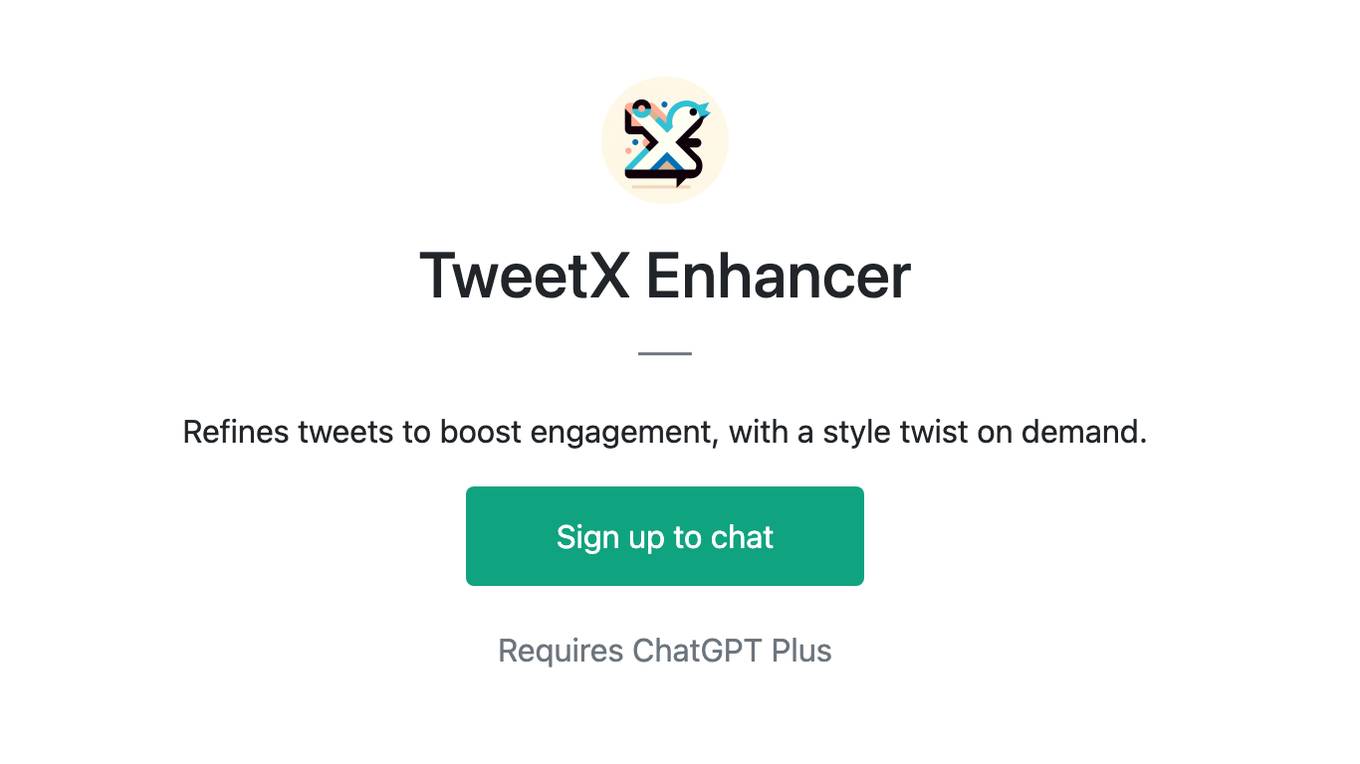Best AI tools for< Refinery Operator >
Infographic
1 - AI tool Sites

cre8tiveAI
cre8tiveAI is an online AI platform that revolutionizes creative retouching work such as photo and video editing. It offers a wide range of AI tools for image and video editing and processing, catering to all individuals interested in creative work, not just designers and photographers. The platform features various AI applications like Photo Refiner, Face Refiner, SAI, Portrait Drawer, Moving Photo Maker, Line Drawer, AnimeSR, Enpainter, Anime Art Painter, PNG Smallify, and Mono Painter, each specializing in different aspects of creative enhancement and generation. cre8tiveAI aims to provide a user-friendly and secure service that leverages cutting-edge AI technology to simplify and enhance creative workflows.
0 - Open Source Tools
7 - OpenAI Gpts

Academic Writing Refiner
Expert in refining SCI papers for academic submission with detailed feedback.




